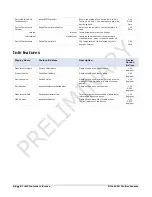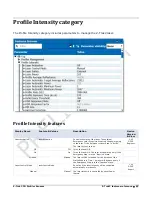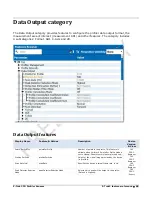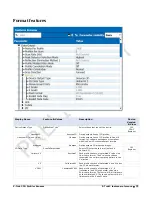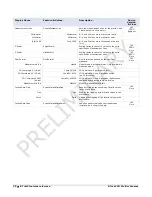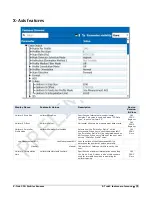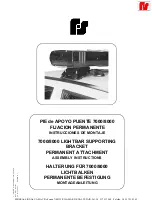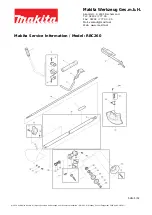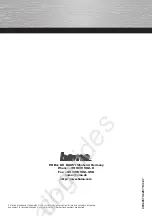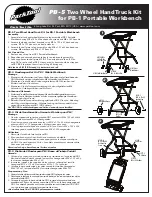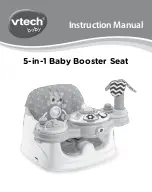
60
•
Multi-sensor systems
Z-Trak2 3D Profiler Sensors
unified measurement space (UMS), which can be defined through a process called multi-sensor
calibration.
The main requirements for creating a UMS:
•
All sensors must use the same measurement unit.
•
All sensors must be aligned on the same XZ-plane.
•
The calibration target object must not move during calibration.
Note that the sensors need not be identical in laser color or in range to create a UMS.
Multi-sensor calibration
This process consists of aligning the coordinate system of each sensor of the multi-sensor system
with that of the UMS. This process is done in 2 stages:
•
Sensor alignment
–
The sensors must be aligned so that their laser sheets intersect to form a
single plane. To that end, an alignment plate can be used to position the sensor bodies. Care
should be taken in this mechanical alignment because if the sensor planes are not properly
aligned before the calibration process, the produced output data will be erroneous.
•
Calibration
–
This stage creates the UMS using a calibration target object placed in the
measurement area of the sensors. A wizard available in Z-Expert is designed for this purpose.
Once this calibration is done, all sensors will return measurements in the UMS.
Multi-sensor layouts
Two or more sensors can be calibrated in different layouts:
•
Ring
–
Two, three, four or more profilers are positioned around an object at different angles.
•
Opposite
–
Two profilers are aligned above and below the object.
•
Side by side
–
Two or more profilers are positioned next to each other, forming a wide
measurement area. The measurement areas of adjacent units should overlap enough so that
the top of the combined measurement area does not show V-shaped blind spots.
In all cases, the measurement area of all sensors must be in the same XZ-plane.





















